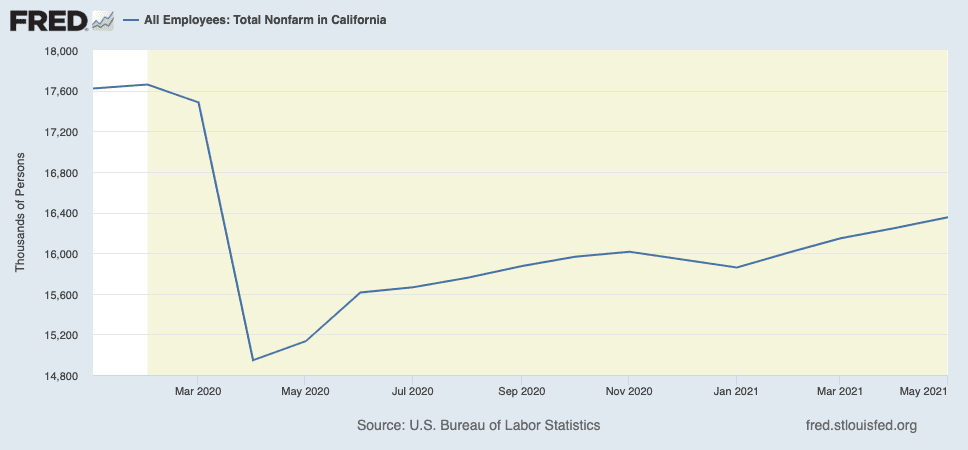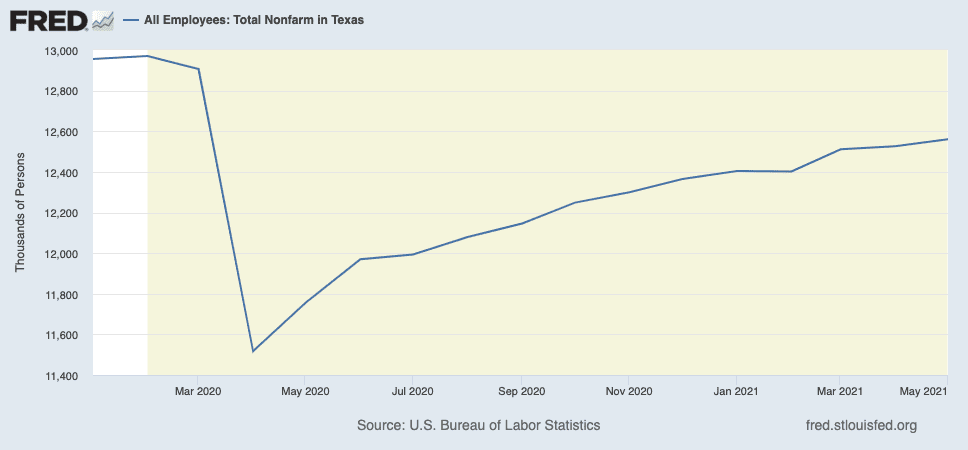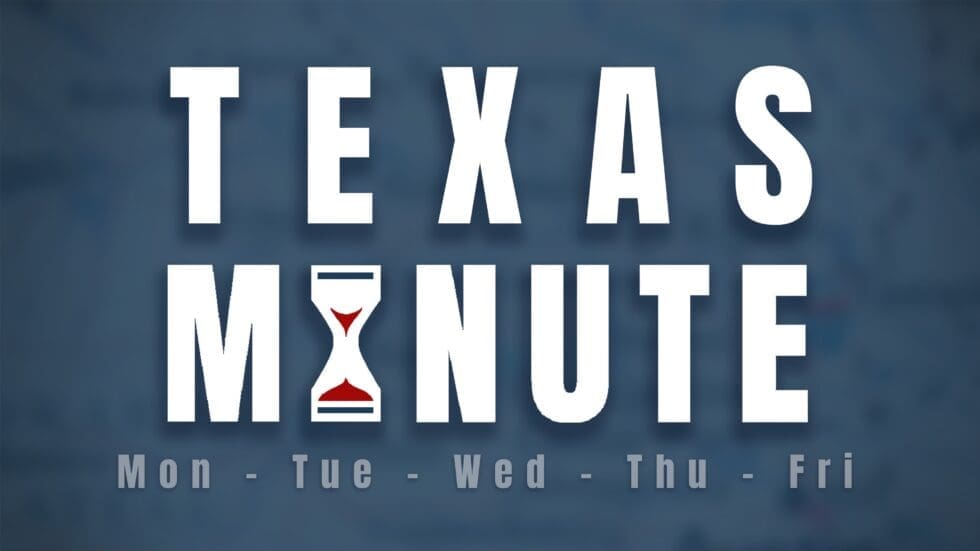Florida is leading Texas and California when it comes to non-farm job growth, while Texas is leading in business bankruptcy filings. Florida also has a lower taxpayer burden and is outperforming in overall economic outlook and business tax climate.
Data from the online database known as the Federal Reserve Economic Data (FRED), run by the Research Department at the Federal Reserve Bank of St. Louis, shows Florida having a stronger recovery in non-farm employment than that of Texas or California.
From February to April 2020—the start of the government-economic restrictions and lockdowns, non-farm employment declined by 13.9 percent in Florida, 11.1 percent in Texas, and 15.3 percent in California.
From April 2020 until May 2021, non-farm employment increased by 10.4 percent in Florida, 9.4 percent in California, and 9 percent in Texas.
And this is despite the population differences among the three states. As of April 2020, California has a population of more than 39 million, Texas more than 29 million, and Florida more than 21 million.
Relative job growth isn’t the only area where Florida is leading, according to information accumulated by Data–Z, a project of Truth in Accounting.
Business
According to data from the Administrative Office of the U.S. Courts, Texas is leading Florida and California in one area: business bankruptcy filings.
In 2015, Florida and Texas were relatively even at around 2,000 bankruptcy filings, with California atop with 3,325 filings.
Last year, Texas skyrocketed ahead with 3,500 filings. Florida’s filings went down from 1,973 to 1,613, and California’s filings decreased to 2,431.
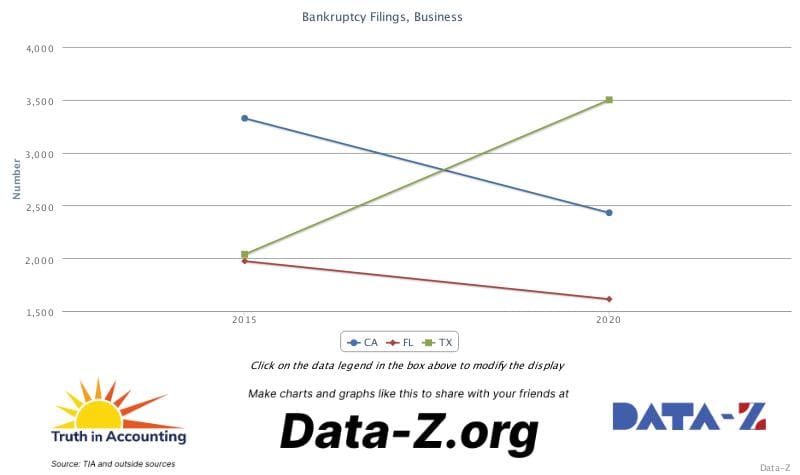
The Tax Foundation, which regularly weighs the “business friendliness” of a state’s tax system, finds Florida continues to have a better business tax climate than the other two states. From 2015 to 2021, Florida improved from fifth to fourth place, and Texas improved from 14th to 11th place. California descended from 48th to 49th place.
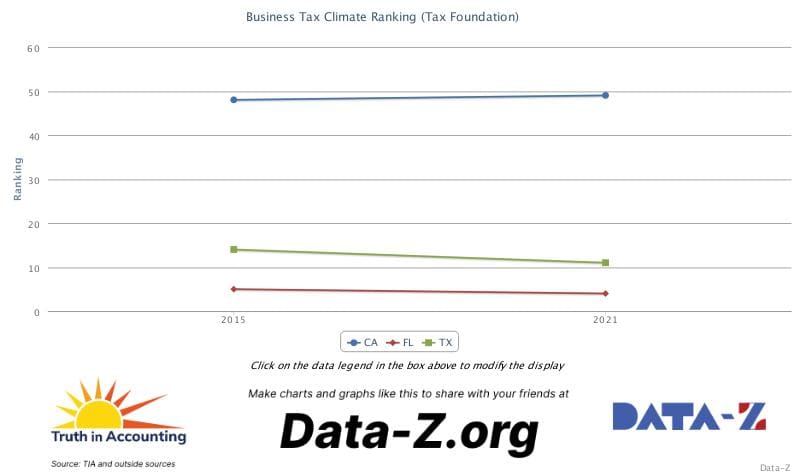
Economic Outlook
Forecasts by the American Legislative Exchange Council (ALEC) find that during Abbott’s time as governor (2015-2021)—Florida leapfrogged Texas in terms of economic outlook. In 2015, Florida ranked 15th, Texas 11th, and California 44th. In 2021, Florida now ranks second, Texas 9th, and California 45th.
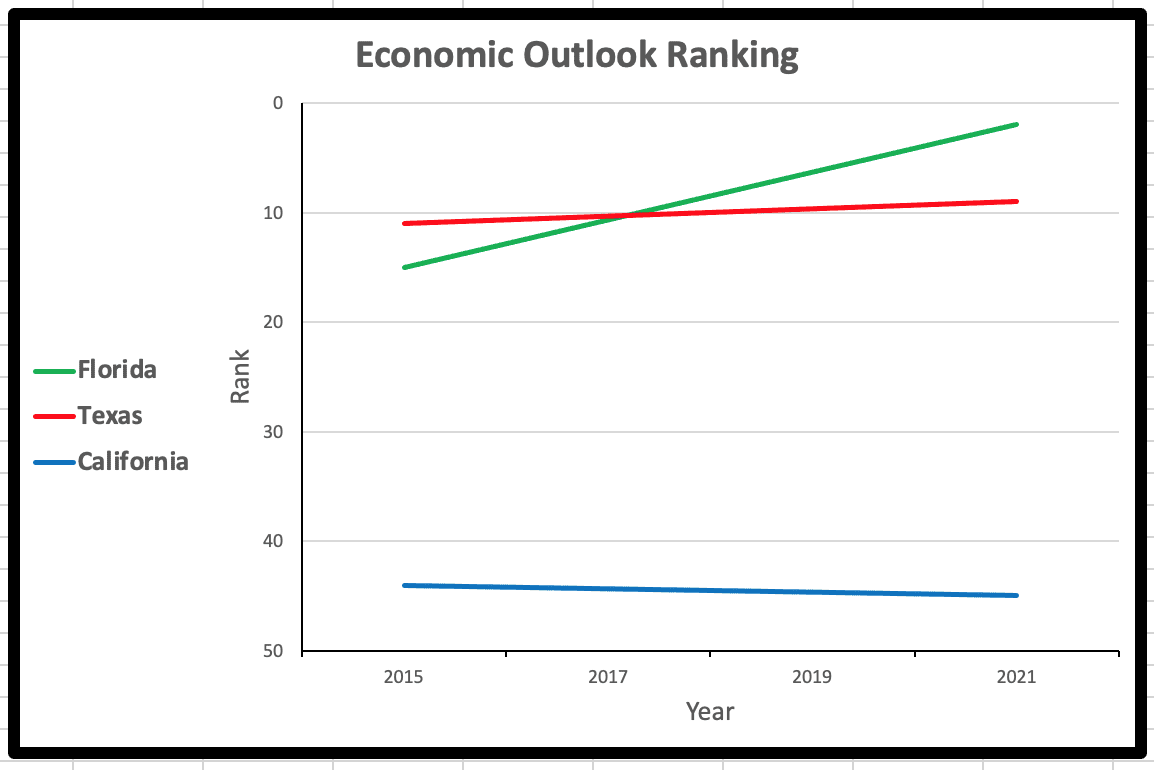
ALEC’s researchers have found states that spend and tax less can economically grow more than those that do the opposite.
Taxpayer Burden
Truth in Accounting finds that taxpayers in Texas bear a heavier burden than those in Florida. From 2015 to 2019, the amount of money Texas would need from each taxpayer to pay all debts increased from $7,700 to $11,300. Florida’s needed amount increased only slightly, from $1,100 to $1,600. As of the publication of TIA’s most recent report, there was no data from California in 2019, but in 2018, their per-taxpayer burden increased from $20,900 to $21,100.
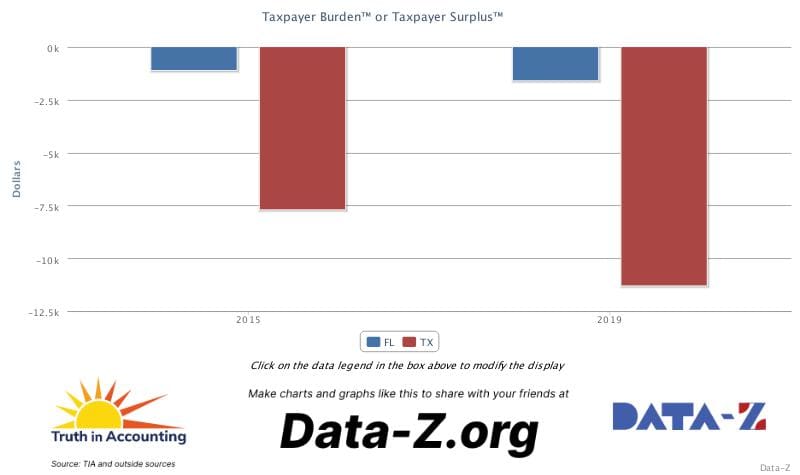
In his recently released agenda for the first special session of the Texas Legislature this year, Abbott put property tax relief on the to-do list, but there has been no mention yet of eliminating taxpayer debt.
Concerned citizens may ask Gov. Abbott, their state senator, and their state representative how they plan to improve Texas’ performance in these categories.


